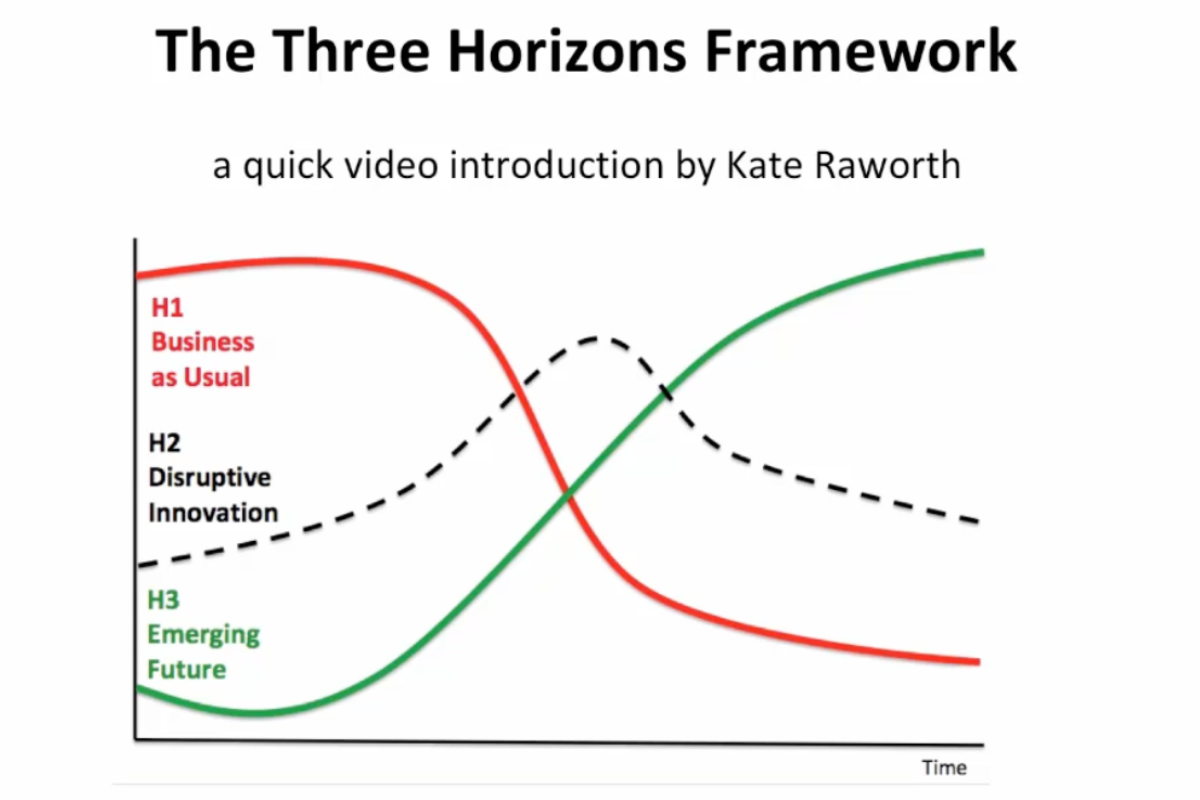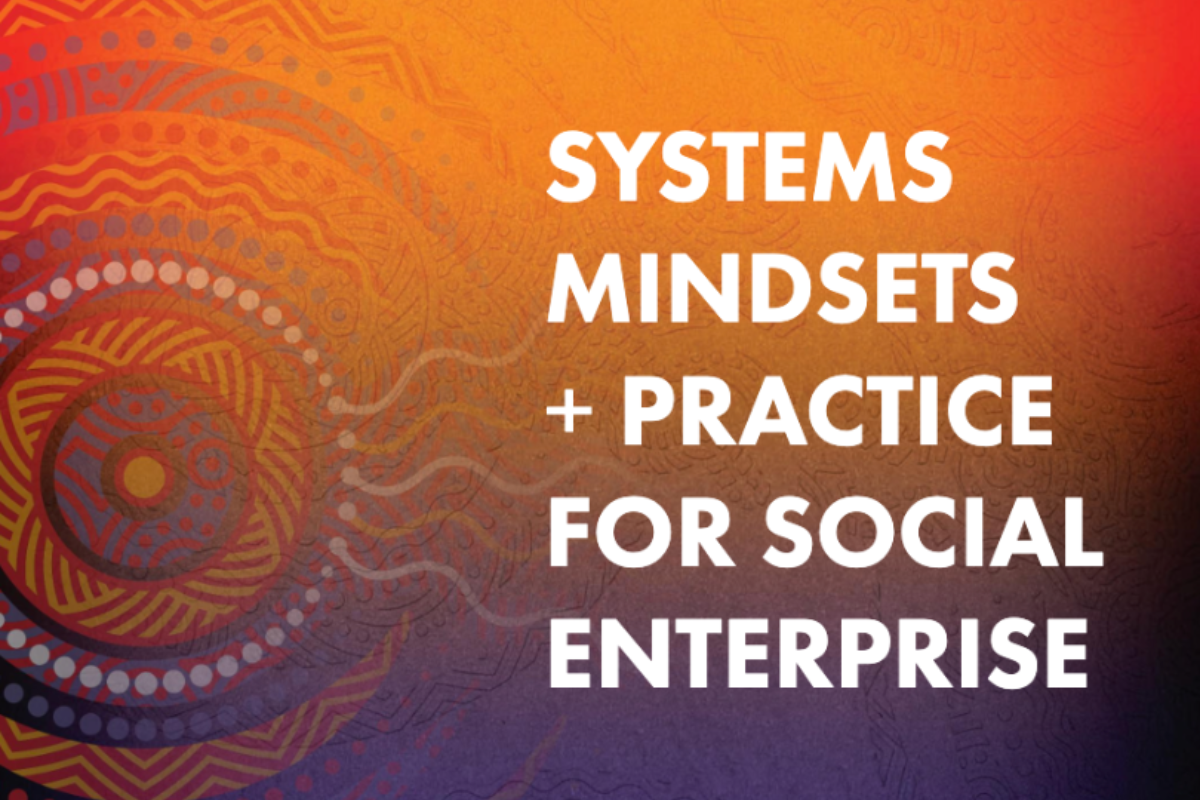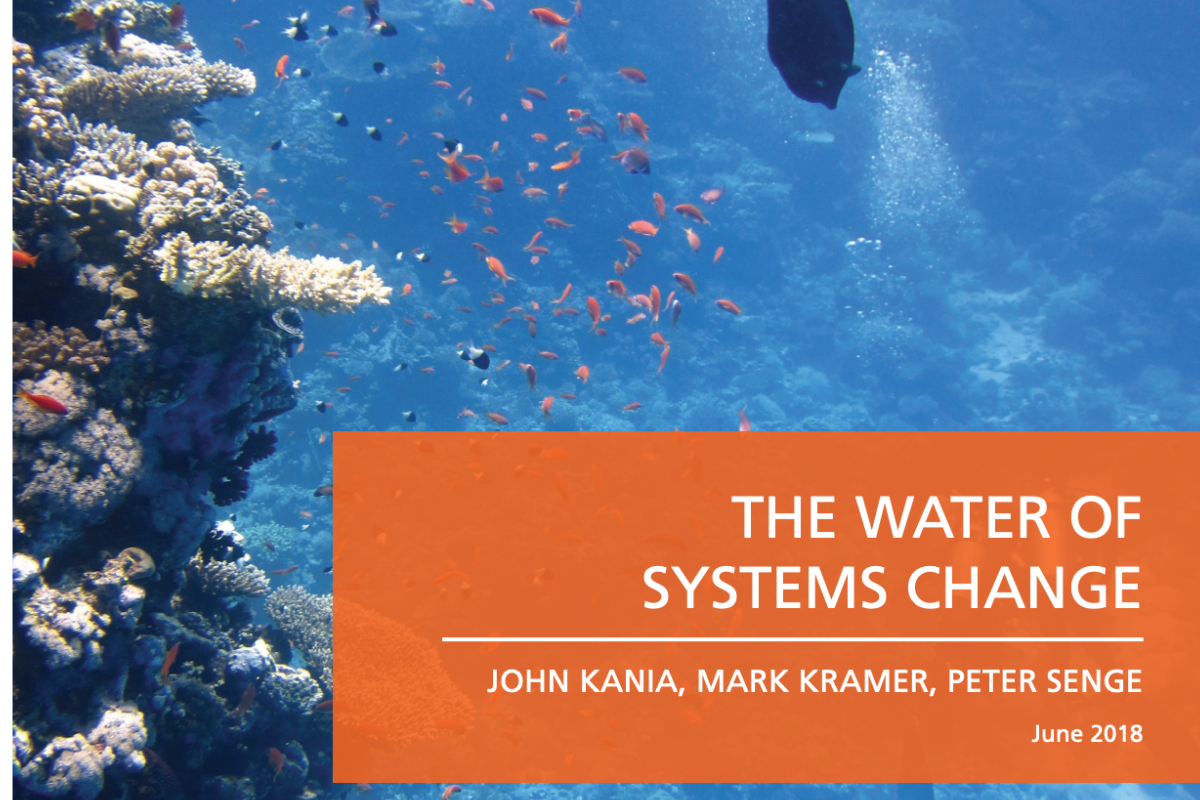
Three Horizons Framework - a quick introduction
The ‘Three Horizons Framework’, developed by Bill Sharpe, is a strategic tool for managing long-term transformation. It maps three phases of change—current systems (Horizon 1), visionary futures (Horizon 3), and the transition zone (Horizon 2)—helping organisations navigate innovation and address emerging challenges. Widely used in future thinking and strategic planning, the framework offers practical steps for bridging the present with transformative visions.
View resourceSummary
The ‘Three Horizons Framework’, developed by futurist Bill Sharpe, is a strategic tool used to explore and manage change over time, particularly in the context of long-term transformation. It helps individuals and organisations think about the future by mapping out three different "horizons" or phases of change, which can coexist in the present. The framework is widely used in future thinking, innovation, and strategic planning. The Three Horizons:
- Horizon 1 (H1): The current system (Business as Usual) - represents the dominant system or status quo—the established practices, processes, or business models that are currently in place. These systems are often stable and reliable but may become less effective over time as new challenges emerge.
- Horizon 3 (H3): The visionary future - represents the long-term vision of a future system that could replace the current one. This horizon is about transformative change and innovation that addresses the limitations of Horizon 1. It often emerges from fringe activities or experimental ideas that may seem radical today but hold potential for the future.
- Horizon 2 (H2): The transition zone - the space of innovation and disruption where elements of both H1 and H3 interact. It represents the transition from the current system to the future vision. This horizon is where practical steps are taken to bridge from today's reality to tomorrow’s vision, often through entrepreneurial efforts or policy shifts.
This short video narrated by Kate Raworth provides an introduction to the framework. More detailed information on the framework and how to apply it can be found here.
Related resources

'Systems Mindsets & Practice for Social Enterprise', Social Enterprise World Forum 2022
ReportsThis resource explores the importance of systems thinking in social enterprise, advocating for interconnected approaches to tackle complex challenges. It introduces key practices, including adopting pluralistic perspectives, fostering collaborative networks, and addressing systemic issues through targeted interventions. By focusing on relationships, complexity, and leverage points, social enterprises can drive meaningful change while balancing specific actions with broader systemic goals.
Learn more
'The Water of Systems Change', FSG
ReportsThis framework highlights how to create sustainable social impact by addressing systemic factors that maintain social and environmental challenges. It introduces three levels of systems change—structural, relational, and transformative—emphasising the importance of shifting policies, power dynamics, and deep-seated beliefs. By engaging at all levels, organisations can drive meaningful, lasting change that is resilient, inclusive, and adaptable.
Learn more
.png)